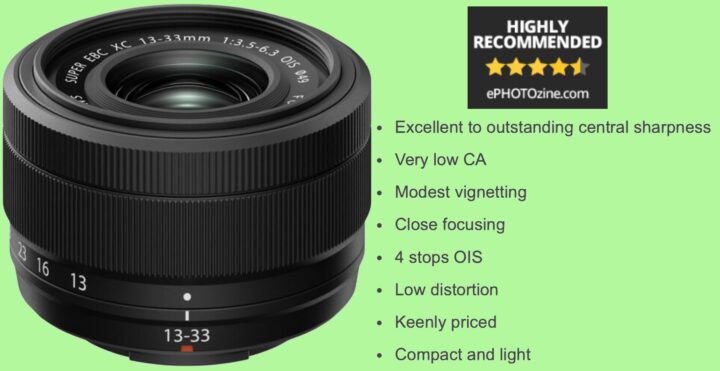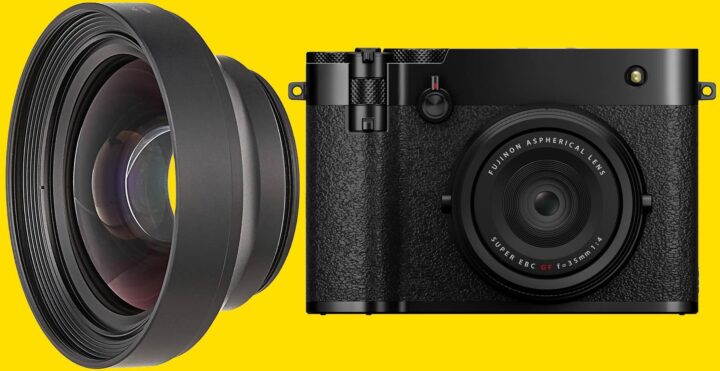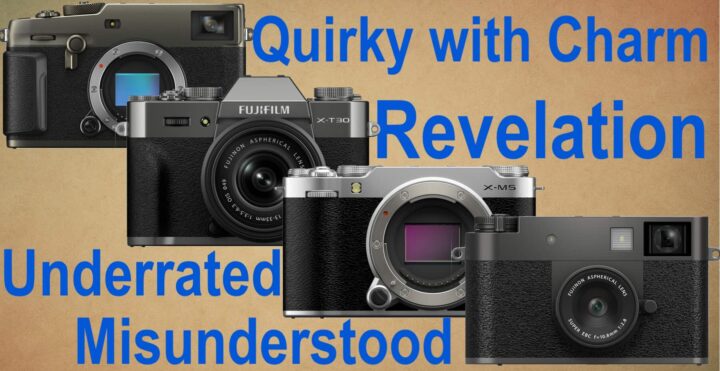Fujinon XC 13–33mmF3.5–6.3 Review (ePz): “Super Little Lens, Outstanding Sharpness”

I was on one of my best hikes of the year in the Dolomites when I first shared the rumor of the Fujinon XC 13–33mm. Back then, the reaction was… lukewarm at best. Just another XC lens, many said—and not much different from the already familiar XC 15–45mm.
But things have changed.
The XC 13–33mm is shaping up to become one of the standout “best value for money” Fujinon lenses ever made, especially as more excellent reviews roll in—most recently the glowing evaluation published by ePhotozine:
Pros
- Excellent to outstanding central sharpness
- Very low CA
- Modest vignetting
- Close focusing
- 4 stops OIS
- Low distortion
- Keenly priced
- Compact and light
Cons
- No weather resistance
- No hood provided as standard
Verdict
If we want or need to travel light, but without compromising on quality, then the Fujifilm XC 13-33mm f/3.5-6.3 OIS lens could be just perfect for the job. It is light, compact, fast and reliable in operation, easy to handle, and stretches the wide end of the zoom range to a very useful 13mm (20mm equivalent). OK, it’s not perfect, edge sharpness does lag behind central sharpness. Even so, this is partly because the centre is pretty much universally excellent or even outstanding, so what might be considered a very high edge performance is somewhat eclipsed. Overall, images look crisp edge to edge, so in the real world where we are not constantly pixel-peeping, it is very satisfactory.
Probably the biggest negative for me is the lack of weather resistance, but then those who are routinely shooting images in sunnier climes than the UK will probably not see that as a problem.
Considering the aim of the X-T30 III with this new lens is a beginner’s kit, then it is hard to find fault with this super little lens, which as a result is Highly Recommended.
Purchase Options
- XC13-33mmF3.5-6.3 OIS
USA: BHphoto / Amazon US / Adorama / Moment / Nuzira / BestBuy / Paul’s Photo
CA: Amazon CA / Camera Canada
UK: WexPhotoVideoUK / AmazonUK / ParkCameraUK
GER: AmazonDE / CalumetDE / Fotokoch
EUR: 50.8 Shop / PCHstore / AmazonFR / AmazonIT / AmazonES / AmazonNL
Worldwide: Amazon of Your Country




